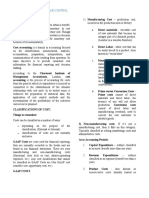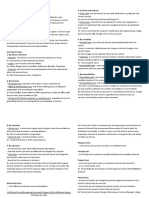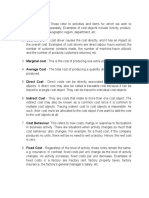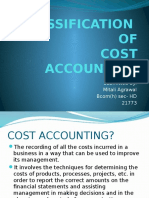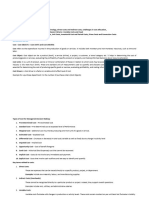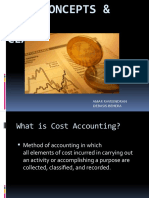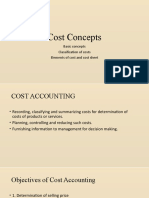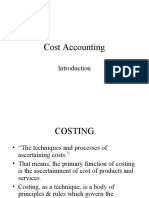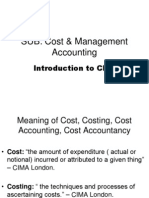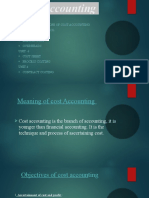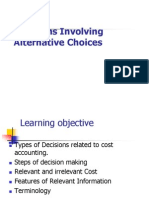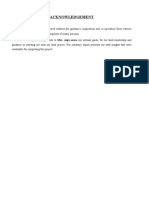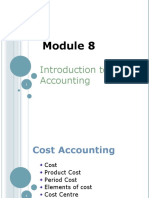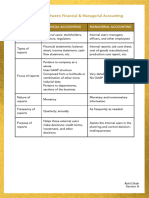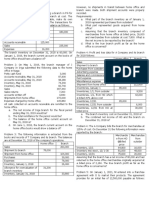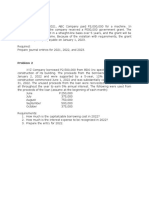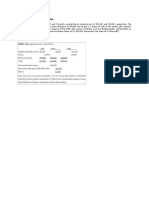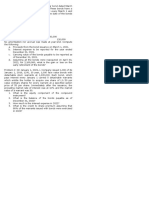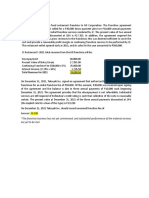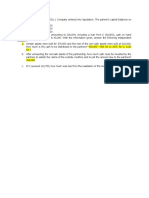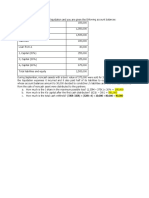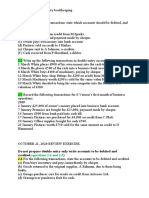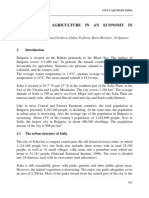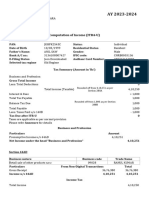0% found this document useful (0 votes)
20 views2 pagesCosts
The document defines 13 types of costs used in managerial accounting: relevant cost, differential cost, controllable cost, out of pocket cost, common cost, opportunity cost, imputed cost, sunk cost, future cost, incremental cost, marginal cost, discretionary cost, and committed cost. Examples are provided for each type of cost.
Uploaded by
Panda ErarCopyright
© © All Rights Reserved
We take content rights seriously. If you suspect this is your content, claim it here.
Available Formats
Download as DOCX, PDF, TXT or read online on Scribd
0% found this document useful (0 votes)
20 views2 pagesCosts
The document defines 13 types of costs used in managerial accounting: relevant cost, differential cost, controllable cost, out of pocket cost, common cost, opportunity cost, imputed cost, sunk cost, future cost, incremental cost, marginal cost, discretionary cost, and committed cost. Examples are provided for each type of cost.
Uploaded by
Panda ErarCopyright
© © All Rights Reserved
We take content rights seriously. If you suspect this is your content, claim it here.
Available Formats
Download as DOCX, PDF, TXT or read online on Scribd
/ 2
